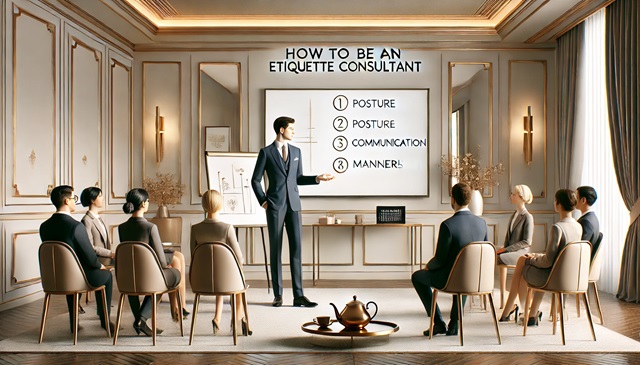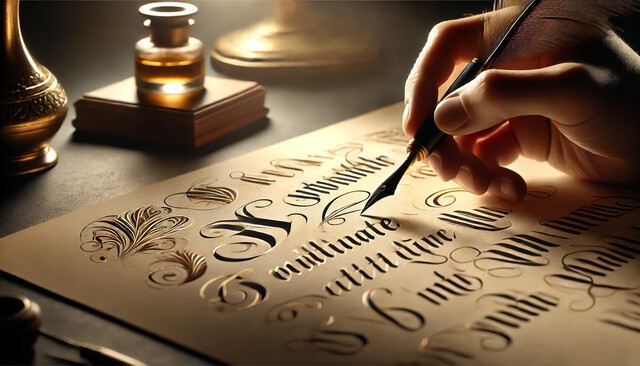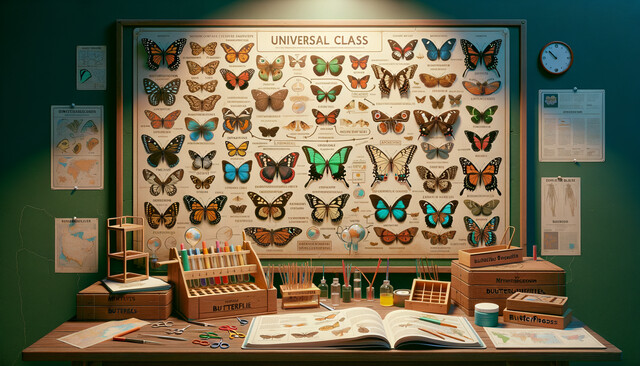Starting an antique collection is a simple activity that offers the collector great personal enjoyment for a particular passion and an opportunity for a profit. Collectors often specialize by accumulating items of a specific interest.
Antique collectors participate in an ongoing activity known as "antiquing." This is a general term that describes the act of searching, shopping, identifying, negotiating, or bargaining for antiques. (The word "antiquing" may also refer to making an object appear older through distressing it or applying an antique paint or finish.) For enthusiastic antique collectors, searching for and finding an antique is exhilarating and exciting..
What Is an Antique?
The general definition of the word "antique" is an old, collectible item. An antique is collected because of its age, beauty, rarity, condition, or usefulness. The labeling of an item as an antique presumes it has value because of its workmanship and rarity. Other unique features may make an antique both desirable and collectible. For many collectors, there is frequently a personal or emotional connection to an antique item.
Items identified as antiques are purchased and acquired for personal use, gifts, and in the case of dealers and brokers, for profit. Collectors perform antiquing at garage sales, estate sales, resort towns, antiques districts, dealer shops, collective cooperatives, and auction houses. Antiquing has grown in popularity. Many people participate in the activity on some level.
Just because an item is old does not make it an antique. It is characteristic to define an antique as being at least 100 years old. However, in reality, an object does not need to reach an age of 100 years to be labeled as an antique. One example is an automobile. Many antique autos are far less than 100 years of age. Cars that are 50 years of age or less are typically identified as antique automobiles. Some states permit vehicles manufactured more than 25 years prior to the current year to be registered as antique as long as they have been maintained in or restored to a condition that is substantially in conformance with manufacturer specifications. Other vehicles are often considered antiques, such as earlier motorcycles and trucks.
An antique is an object that represents a previous era or time in human society. In contrast, today's collectibles are the possible antiques of the future. While antiques are often more than 100 years of age, collectibles are usually less than 100 years old. Of course, most antiques are collectibles. The terms are sometimes used interchangeably.
Other important terms associated with antiques are:
1. antiquity: This alternative term commonly refers to the remains of ancient art and everyday items, which themselves are often archaeological artifacts. These are items often on display in museums
2. antediluvian: This term describes items that are very old, old-fashioned, out of date, antiquated, or primitive. It is also used to describe the period before the biblical flood of Noah.
3. antiquarian: The term refers to a person interested in antiquities, or things of the past.
Antiques are commonly objects that illustrate some degree of true artisanship or a certain attention to design or functionality. Sometimes antiques become family heirlooms, being passed down as a part of an estate. Antiques are often bought, sold, or traded at specialized antique and collectible shops. Some valuable antiques can be bought from antique dealers, auction services, or purchased online through Web sites and online auctions. Collectors locate and purchase antiques at yard sales, tag sales, auctions, antique shows, and flea markets. They also actively scan classified ads, looking for that next item or "find" that can be added to their collection.
Getting Started
Some people find the idea of starting an antique collection to be an overwhelming and daunting task. It is not. There are literally thousands of things to collect. Many new collectors find it hard to choose what collection to begin. It is easy to start collecting. Most new collectors begin by studying collections, talking to dealers, and browsing antiques stores. Something piques their interest, and they begin building their collection. Some become engrossed with their newfound passion, and build a large, expansive collection.
Likewise, people are sometimes afraid to explore collecting antiques. They believe antiquing is an expensive and time-consuming hobby. Some antiques, however, are not as expensive as similar present-day items. For example, an antique shelf might cost less than a new shelf constructed of similar wood and quality. Some things cost more than others, and finances will often determine what is, and what is not, collected.
New collectors are also reluctant to start a collection, afraid of the many unscrupulous individuals actively selling questionable items. There is a good chance that a budding hobbyist might become discouraged after having bought a fake antique or a reproduction for an inflated price.
Others often start collecting collectibles rather than antiques for the following reasons:
- Collectibles may be less expensive.
- They are more readily available.
- The collector has an emotional attachment to the acquired objects.
Collectibles vary in value and type. There are thousands of categories of collectible items. For example, these are items that are acquired as collectibles:
- movie memorabilia;
- beer cans;
- knives;
- lunch boxes;
- toys;
- baseball cards;
- autographs;
- phonograph records.
Some items can be classified as both collectibles and antiques. Tools, for example, might be collectibles, but if old enough, could be rightfully described as antiques. Some collections are started because they are inexpensive to begin, such as penny or nickel collections.
Many antique collectors use the pieces in their homes, and care for them with the expectation that they will hold their value or possibly appreciate over time. This is in contrast to buying new furniture that will depreciate in value from the moment it is purchased.
Antique furniture includes dining tables, chairs, desks, beds, bureaus, chests, etc. The most common woods used in antique furniture are rosewood, oak, mahogany, pine, and walnut.
Chinese antique furniture was often constructed with elm or teak, woods common to the many regions in Asia. Each wood has its own distinctive color and grain.
Many modern pieces of furniture often use laminate or wood veneer to achieve the same effect cheaply. There are a number of different styles of antique furniture, depending on when and where it was made.
At some point, all new collectors of antiques and collectibles are likely to ask, "What type of things should I buy that will earn a profit?"
Although the question is basic and easy, the answer is not. It requires a complex examination to maximize your profit in starting the collection.
There are many different factors as to why specific items are chosen to collect. Some of the reasons that objects are collected include:
2. Desire: The collector's interest includes a specific yearning or aspiration to acquire objects of a specific type.
3. Passion: The collector has the drive to acquire the chosen items. Locating objects can be difficult, and the determination to do so is fueled by the collector's passion and interest in them.
4. Profit: The collector believes an object can be purchased at a price that allows it to be sold at a profitable turnover.
5. Space considerations: A collector has limited or unlimited space available to collect and keep acquired objects.
6. Value: The collector believes the items can be procured at a reasonable or sensible value.
Each of these factors can determine how a collector approaches building his or her actual collection. For example, a collector may have an acute interest in aviation. It could mean collecting all sorts of things related to airplanes. The collection could include actual parts or entire airplanes. The collector would have to decide if space is available to store and display the planes. The collector also has to determine if the purchase of the airplanes is within his or her financial means. These two factors alone could determine that the collector will not acquire planes. Rather, the collector might opt for other related objects, such as uniforms worn by aviators. On the other hand, an aviation collection could be built by acquiring operation manuals or insignia patches. Both alternatives would likely cost less to acquire, and would certainly take less space for storage than full size airplanes.
Most people collect items because of their interest in the objects or because the items hold sentimental value. For example, someone might start a collection of Cabbage Patch dolls because the person wanted one as a child but never received one because the dolls were too expensive. One collector started a collection of parrot figurines because her grandparents had given her a cherished ceramic parrot.
Collectible and antique lovers enjoy the chase more than anything. They relish searching through small stores, yard sales, flea markets, and antique shops all over the country searching for that specific or unusual item they have been looking for. They are always looking for that next item. Many people look for antiques or collectibles as a hobby, but they seldom buy anything. They simply enjoy looking at what different areas of the country have to offer. In addition to being profitable, it can be a lot of fun and an enjoyable pastime to search through antique stores.
Sometimes people who want to furnish their home look for specific antiques or collectibles. Antiques of different periods will often work well together to create a beautiful home. Signs and other objects are used to decorate walls or spaces.
Some collectors establish a business that they set up for sales and auctions. They soon find their basement and garages are filled with a treasure trove of fascinating and interesting items. These collectors become avid fans of their area of interest and can tell you the worth of any item in their collection. They begin buying, swapping, and selling objects. They often obtain a sales tax number, and this is typically their first step in setting up a business operation. Because of governmental rules and regulations, these collectors become dealers. Their collecting pastime, in order to comply with the laws, becomes an established business. They are often quite small enterprises, with no employees. They operate as small proprietors and continue buying and selling objects that are of interest to them.
Some of these dealers expand their business operations, moving from a small or casual pastime to a larger business concern. Some move into full-time mode, actively expanding and building their collectible business. Thus, a hobby becomes a thriving business.
Many of these types of collectors enjoy restoring old pieces. Some do it so they can sell items for more than they paid for them. Others enjoy the restoration of objects simply because they gain satisfaction from doing so. Of course, they must have the proper tools and skills to be able to complete the restoration.
Some people deal in the buying and selling of antiques purely for profit. They are hard-core traders, know the value of pretty much everything, and always want to buy low and sell high. These folks typically are only interested in the price itself. They are always willing to buy anything they believe they can sell quickly and profitably. They are not true collectors. They have no desire to hold onto anything they purchase.
Collections can be localized or global. One collector seeks milk bottles from dairies that operated in his area of the country. Another collector acquires Tiddlywinks games that he has collected from all over the world. Yet another dealer collects, trades, and sells political buttons and memorabilia because of a keen interest in politics. The list of collections and collectors is long and extensive.



























